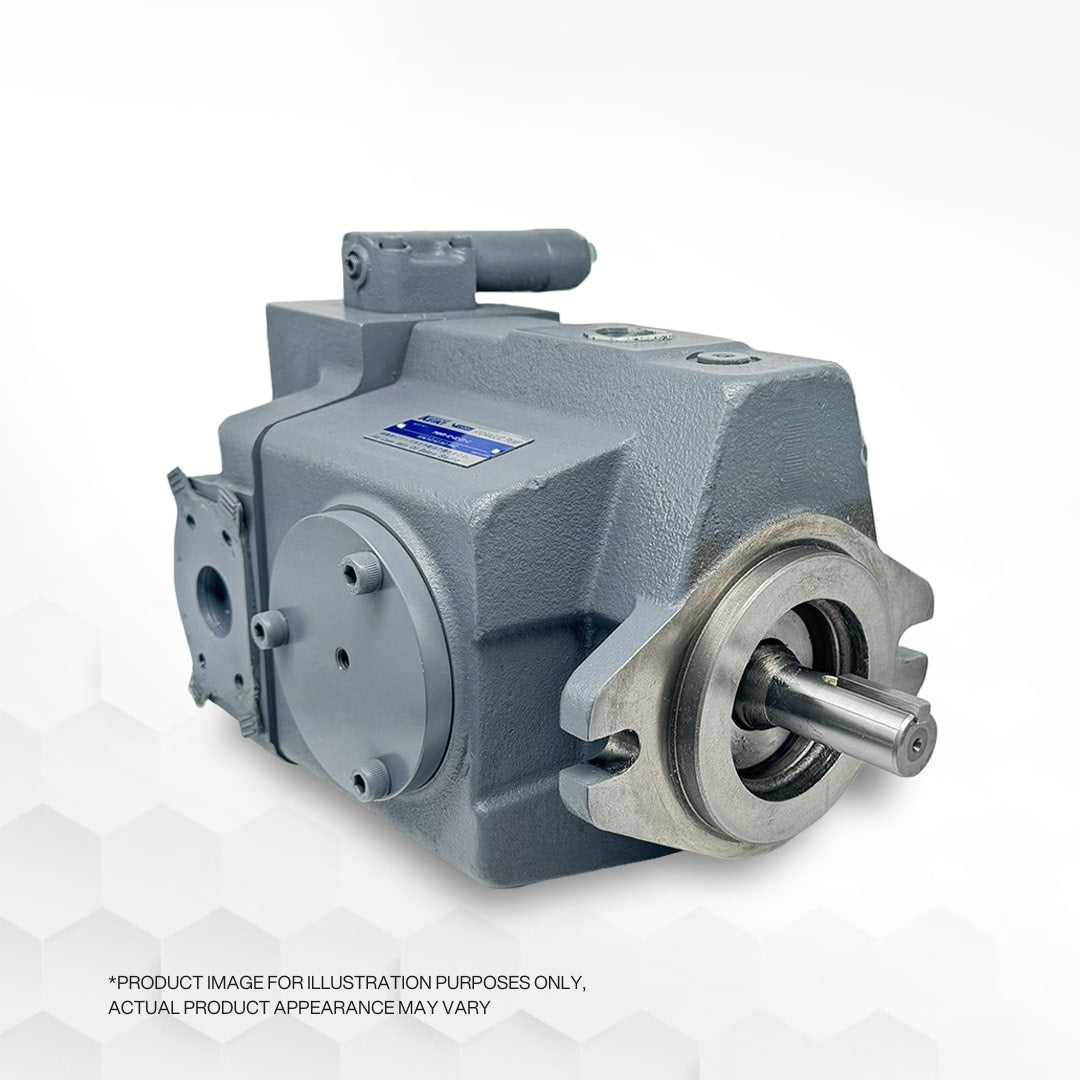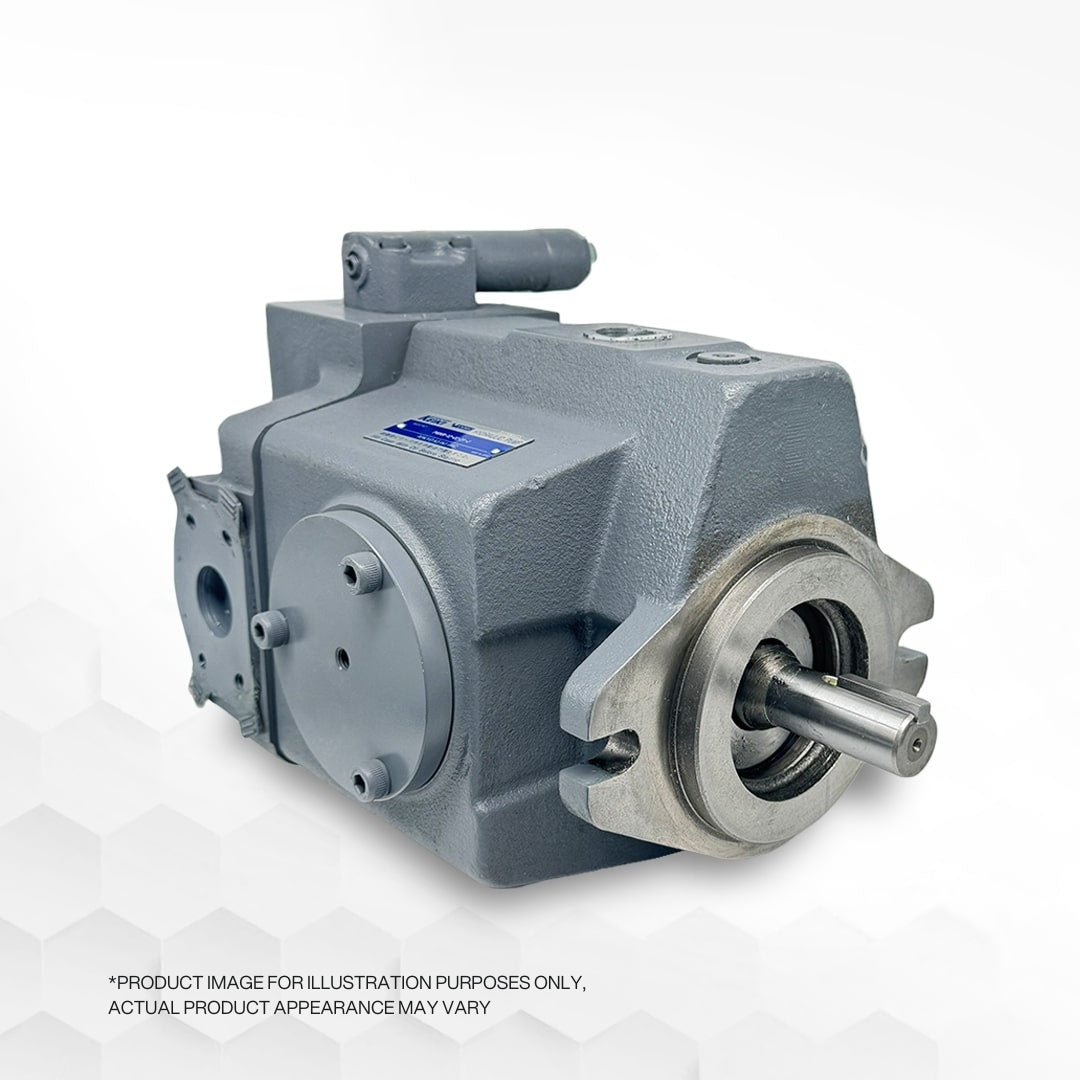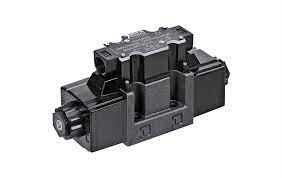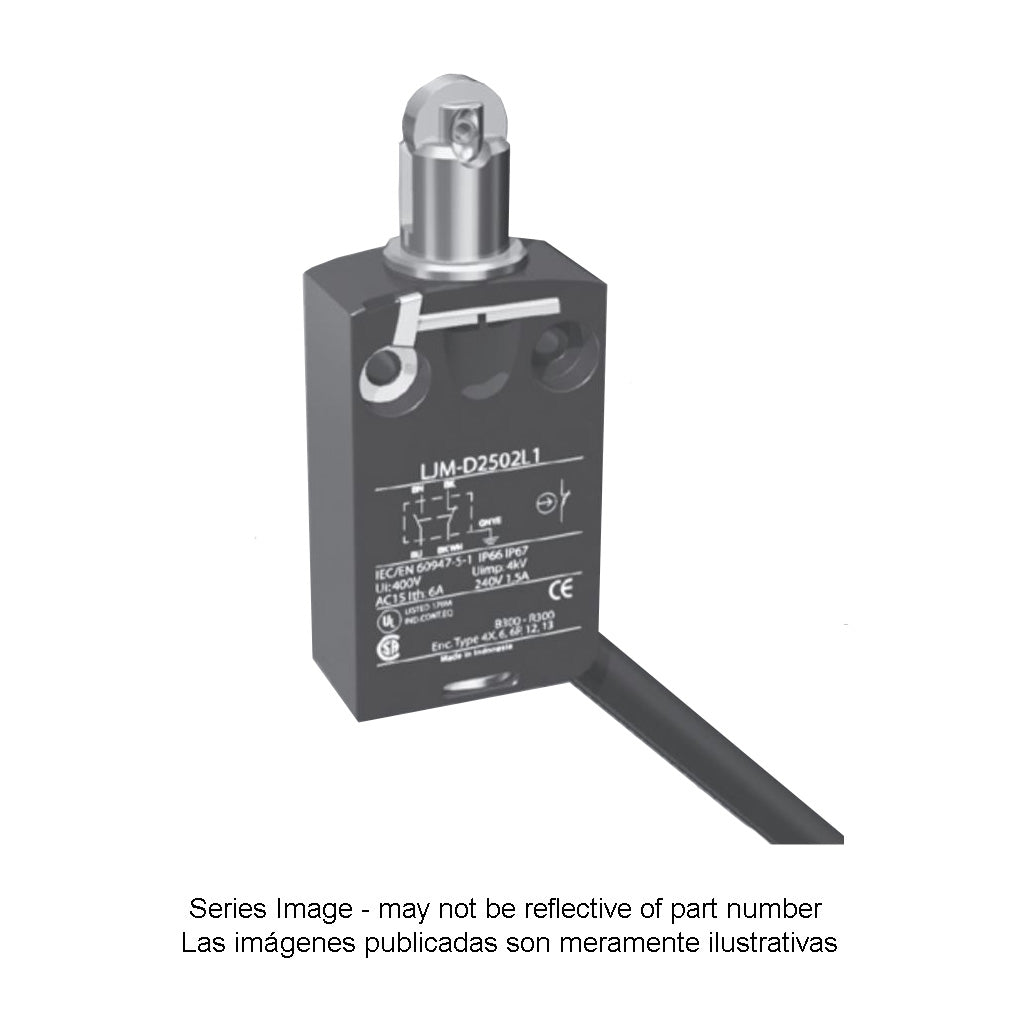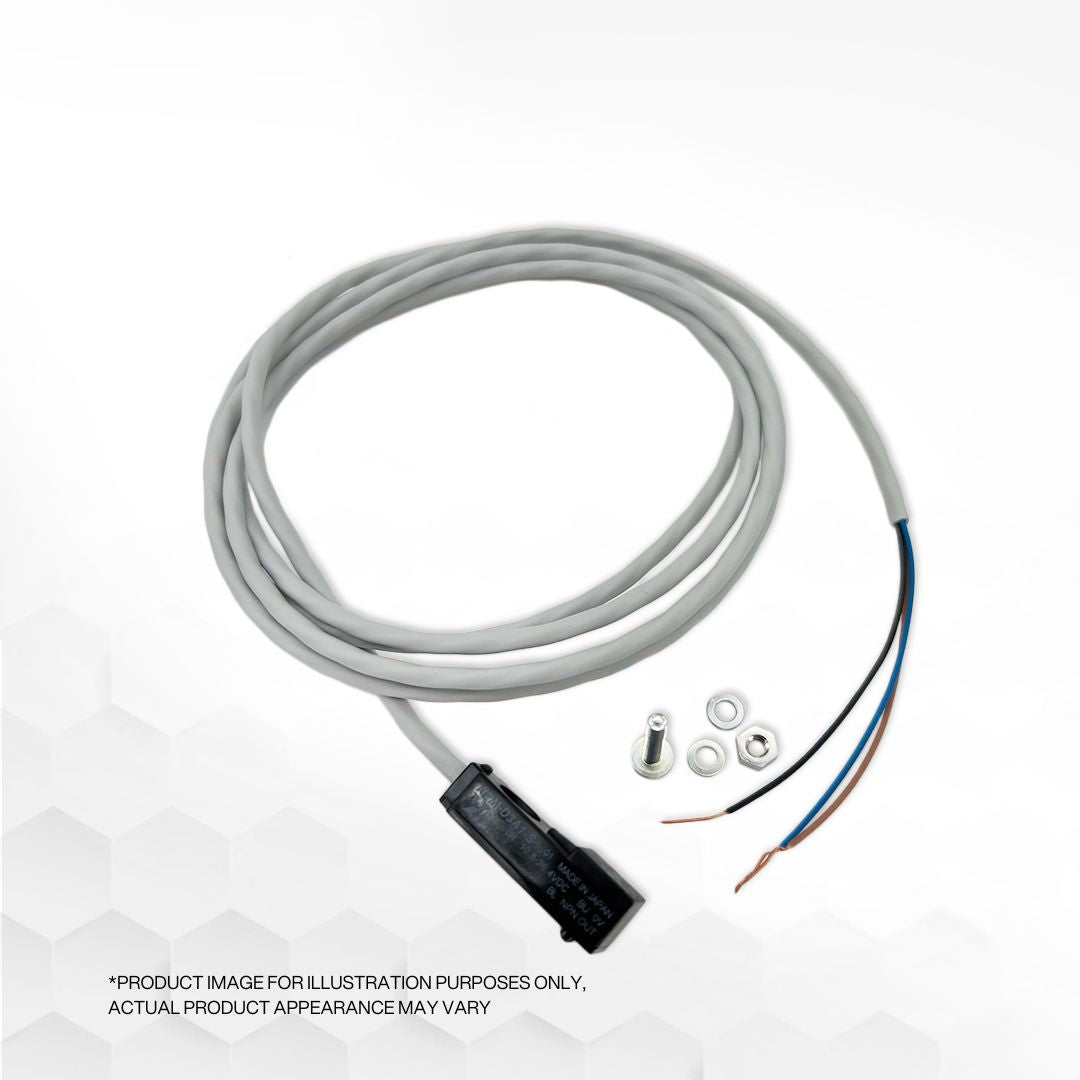
What is ASTM D2000?
The Standard Classification System for Rubber Products in Automotive Applications, known as ASTM D2000, is the predominant material classification system used in o-ring specification. Developed by the Society of Automotive Engineers (SAE), the line call-out method simplifies the description of elastomer materials. Understanding this guide is crucial for comprehending how ASTM standards apply to o-rings and seals. It effectively breaks down each segment of an ASTM D2000 call-out, encompassing Type and Class material designations, as well as Requirement Suffixes.
Reading an ASTM D2000 Line Call-Out involves various components. The specification revision indicates the year of the D2000 revision to which the line call-out refers. The presence of the letter "M" signifies the use of metric units for tensile strength, temperature, and tear strength (MPa, °C, and kN/m, respectively), while the absence of "M" means English units will be used (psi, °F, and ppi, respectively). The Grade Number specifies the level of testing required for a material. For instance, Grade 1 involves basic properties, while Grades 2 to 9 entail additional testing criteria, such as low-temperature brittleness or special heat aging tests.
Next, the Type and Class refer to the most common polymers used in o-rings, followed by the Hardness (Durometer) value, denoting the durometer range in Shore A units (± 5 points). The Tensile Strength indicates the material's minimum tensile strength, with measurements given in MPa (for metric units) or psi (for English units). The first six characters of a Line Call-Out provide essential information about the elastomer type and its physical properties.
Lastly, the Additional Requirement Suffixes signify the material's test and performance criteria as per the indicated Grade number. Each suffix letter represents specific tests, such as heat resistance, compression set, ozone or weather resistance, fluid resistance (aqueous, fuels, oils, and lubricants), low-temperature resistance, tear resistance, adhesion, flammability resistance, and more. The "Z" suffix denotes any special requirement specified in detail. Properly interpreting the Line Call-Out is fundamental in selecting the appropriate elastomer material for o-ring applications in the automotive industry.
